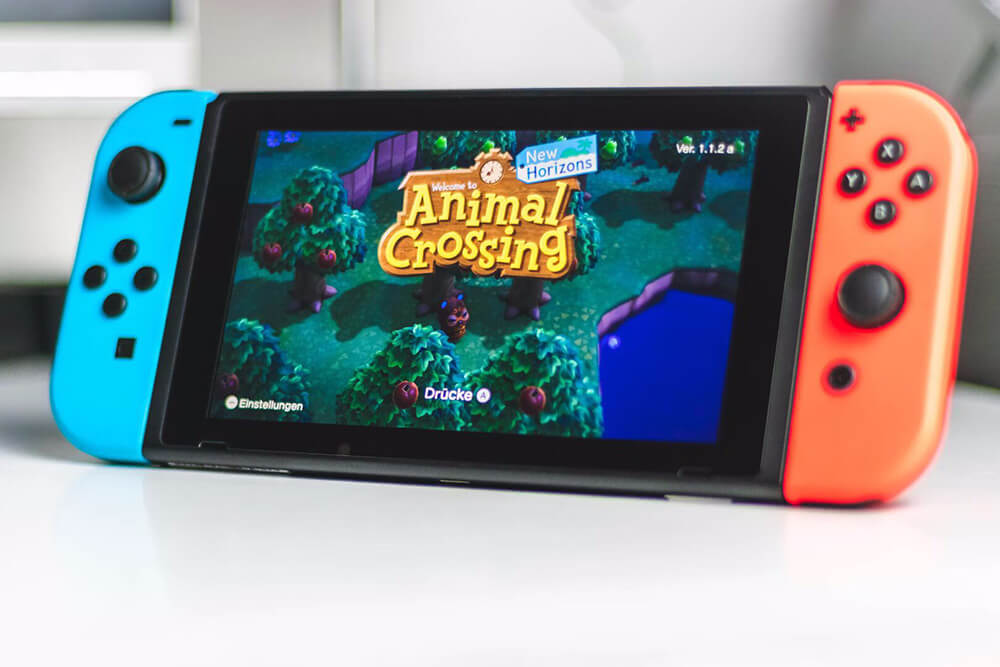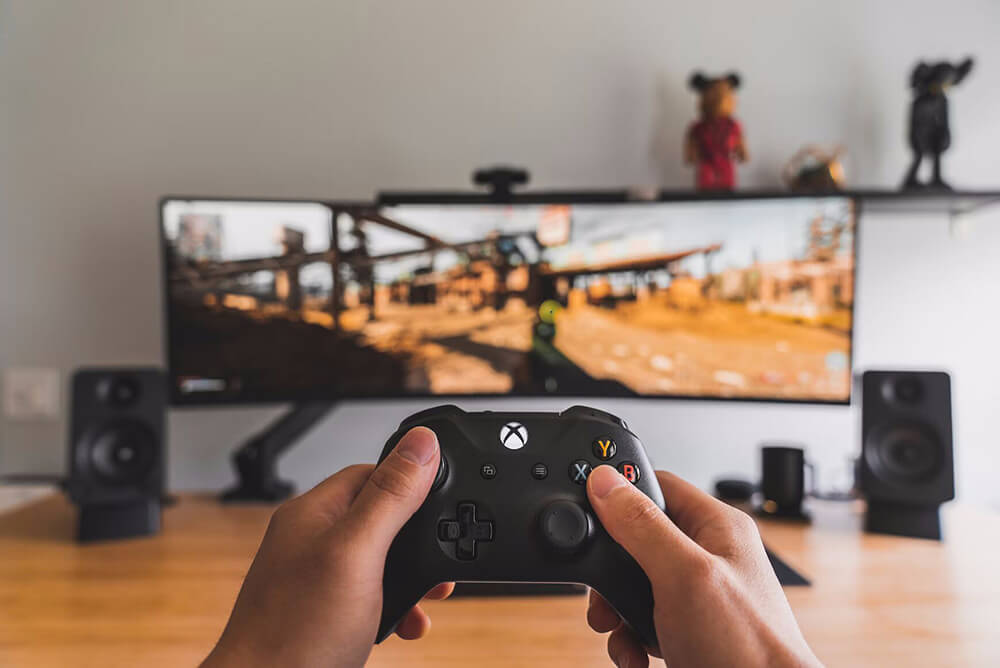Think about your favorite video game. Now, think about its logo. It’s more than just a pretty picture, right? Logos in the gaming world are like the heart and soul of the game. They wrap up all the exciting themes, intriguing storylines, and unique charm that makes the game special into one neat little package.
And when a logo is done right, it sticks with you, becoming as unforgettable as the game itself. So, how does a simple logo manage to capture the essence of an entire game? In this article, we take you on a behind-the-scenes tour of a gaming logo’s journey – all the way from a sketchpad doodle to the glowing icon on your console screen.
The Concept Phase
The journey of a gaming logo begins with the concept phase, a stage rich in creativity and brainstorming. This is the point at which designers conceive unique and compelling emblems that can encapsulate the spirit of a game. For instance, if you’re starting your own poker club using a platform like PokerStars Home Games, you can establish your club’s identity in a fun way by creating a compelling logo. The logo should represent the essence of your poker club – be it a sense of camaraderie, competitiveness, or simply a love for the game.
This is where understanding the game’s theme, the intended audience, and the overall branding comes into play. Is your club more about serious strategy or a laid-back environment where friends gather for a casual game? The answers to these questions guide the initial sketches and digital designs. This initial phase of logo creation is a delicate balancing act of creative expression and strategic branding, culminating in a logo that resonates with your club members and sets the tone for the gaming experience you wish to provide.
The Design Phase
After the initial brainstorming and conceptualization, the design phase commences. Here, the initial ideas are transformed into a digital format using specialized design software. The choice of colors, typography, and shapes play a pivotal role in conveying the game’s identity. For instance, bold and vibrant colors might be used for a high-energy action game for Android, while softer, more muted tones might be appropriate for a calming puzzle game.
This phase also involves a process of refining and finalizing the design based on feedback and revisions. The logo design evolves through several iterations until it perfectly represents the game’s essence and aligns with the developers’ vision.
Testing and Market Research
Once the design is finalized, it’s essential to gauge its effectiveness and appeal. This is where testing and market research come into play. Audience feedback is sought in order to understand how the logo is perceived. Does it resonate with potential players? Does it evoke the right emotions and expectations about the game?
Market research helps assess whether the logo stands out among competitors and whether it’s memorable enough for players to associate it with the game. This phase might lead to further tweaks and refinements, ensuring the logo is fine-tuned to achieve its intended impact.
The Implementation Phase
Armed with a carefully tested and effective logo, we proceed to the implementation phase. At this stage, the logo is woven into various facets of the game and its marketing materials. It graces game packaging, takes center stage on the game’s website, makes appearances in trailers and promotional content, and even finds its way into the game itself.
The logo, therefore, plays a vital role in fostering recognition for the game. A strong connection between the logo and the game is established by consistently incorporating it across diverse touchpoints, significantly enhancing the game’s branding and identity. Over time, the logo transcends its status as a mere image to become a symbol of the gaming experience that players have come to love and enjoy.
Creating a gaming logo is a meticulous journey that marries creativity, strategic thinking, and a deep understanding of the gaming audience. From the birth of its concept to its final reveal on consoles, each step in crafting a gaming logo plays a critical role in shaping the game’s unique identity and fostering a bond with its player community.
Logo Longevity and Impact
Over time, some gaming logos achieve longevity and become iconic symbols in the industry. Think of the instantly recognizable logos of legendary games like Super Mario, The Legend of Zelda, or Halo. These logos have stood the test of time and cemented their positions in the gaming world, becoming an integral part of pop culture.
The impact of a successful gaming logo is profound. It can evoke nostalgia, incite excitement for upcoming releases, and create a sense of community among fans. A game’s logo contributes to its legacy, with the potential to influence future game design and branding decisions as well.
The Future of Gaming Logos
The journey of a gaming logo remains an exciting, constantly evolving process. As the gaming industry evolves with innovations like virtual and augmented reality, logo design is adapting to this dynamic landscape. Future logos may transcend traditional two-dimensional designs, incorporating 3D elements and interactivity to engage players in new, immersive ways.









